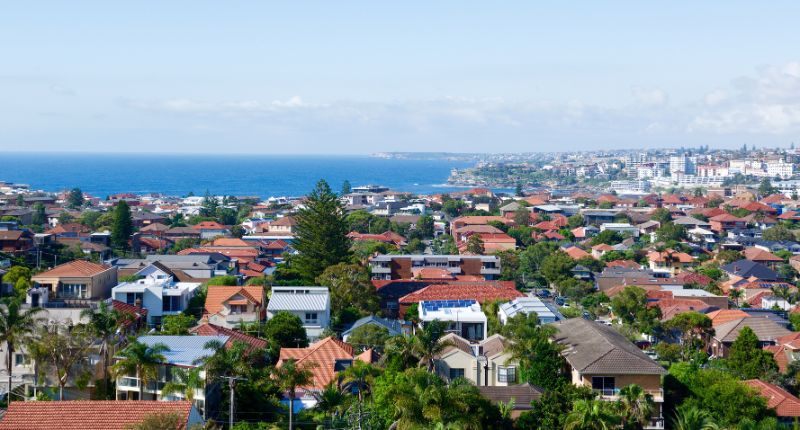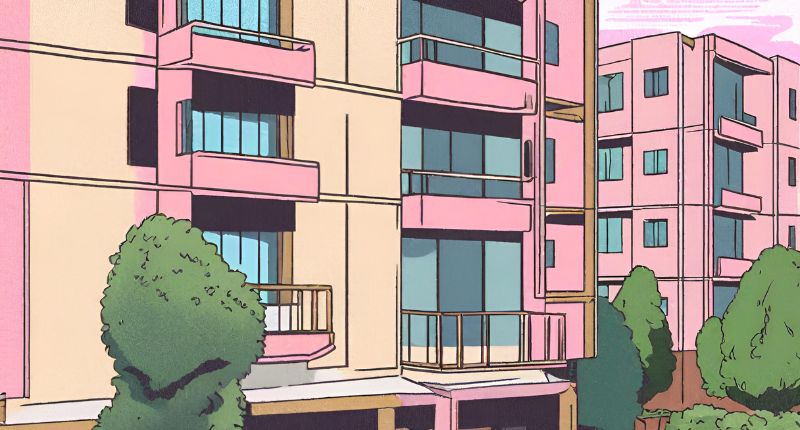- For the past decade, the ratio has averaged 0.9
- 1 represents a balanced market
- Lockdowns have disrupted the flow of new stock in recent times
With the sale of dwellings continuing to surge across Australia, the ratio of sales to new listings has hit 1.4 – 53.4% higher than what is expected during this time of the year, according to CoreLogic.
For the past decade, this ratio averaged 0.9, suggesting just one transaction for each listing added to the market.
During the three months to July, CoreLogic estimated there were around 171,100 sales with just 121,200 newly advertised properties for sale during this time.
A ratio of 1 implies balanced buyer demand and advertised supply. Therefore, 1.4 suggests very strong selling conditions. Since June 2020, the ratio averaged above one.
“Each of the capital city markets currently has a sales to new listings ratio of greater than 1, ranging from 2.0 in Adelaide, to 1.1 in Darwin,” said CoreLogic’s Eliza Owen.
“Capital cities with imposed lockdown restrictions through July saw a particularly strong uplift in the ratio, which may be a result of a disproportionate number of vendors postponing the start of a selling campaign amid lockdowns.
Eliza Owen, CoreLogic
“A time series of sales to new listings ratios is provided in the charts below.”
Dwelling sales to new listings ratio, national

Ms Owen suggested that the surge in the ratio has been fuelled by both demand and supply factors. On the demand-side, she argued low mortgage rates, savings windfall due to fiscal Covid measures and incentives for first home buyers fuelled the increased ratio.
“First home buyer purchases would go a long way in explaining the current supply and demand dynamic,” explained Ms Owen.
“This is because owner occupier purchasers who already own property would presumably list their existing home around the time they are purchasing a new one.
“First home buyer activity on the other hand creates additional housing demand without adding new advertised stock to the market.”
On the supply side, Ms Owen refers to factors such as lack of mobility and extended lockdowns last year, primarily in Victoria.
She noted that the new stock listed in 2021 is on par with previous years. However, this has been disrupted in Sydney, where there has been a 17.3% drop in newly advertised stock.
“Part of the reason listings have remained low through lockdown conditions is the assistance offered to home owners seeing hardship through COVID-19,” she said.
“Mortgage repayment deferrals and household income support have kept distressed sales from hitting the market, and have more broadly been a factor in keeping housing market conditions stable.
“However, it has also contributed to a persistent seller’s market, which is reflected in the high sales to new listings ratio.”
Pending the length of the numerous lockdowns across the country, Ms Owen concluded that the rate may ease due to the traditional uplift in sales during spring.








